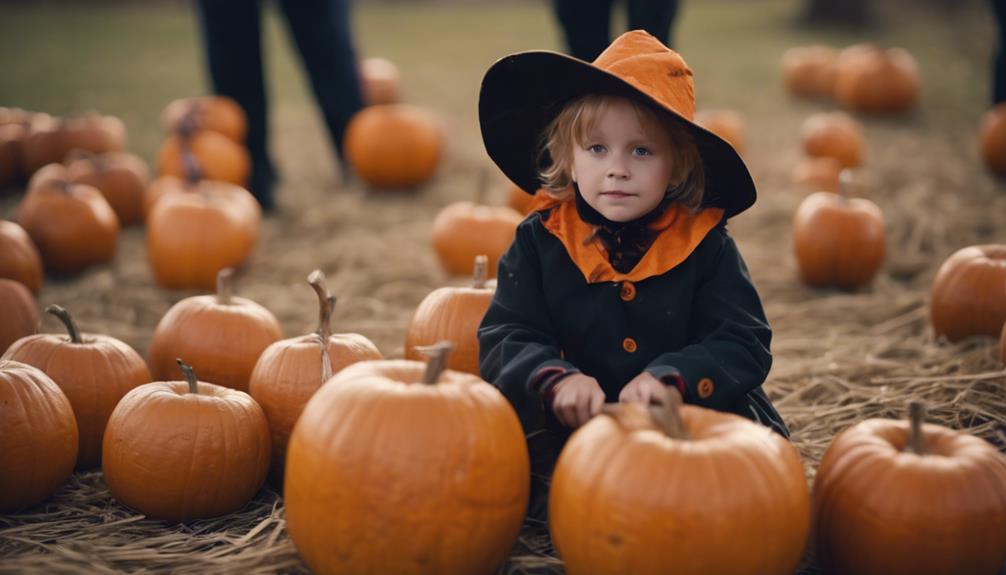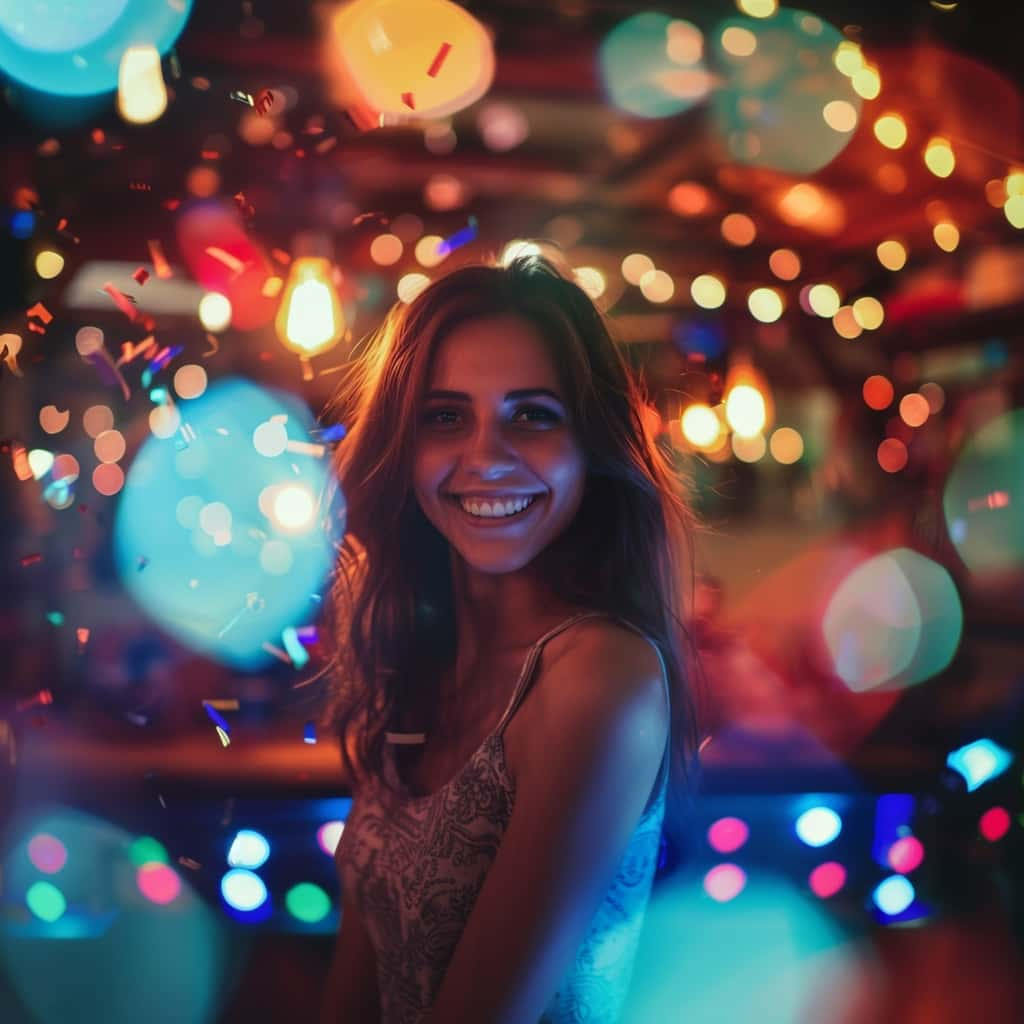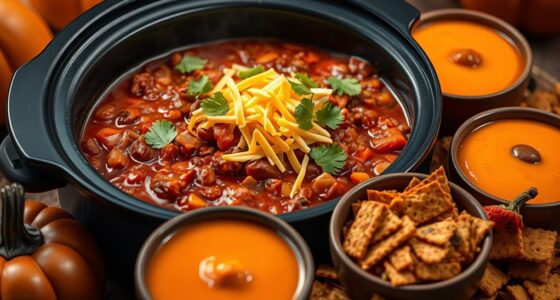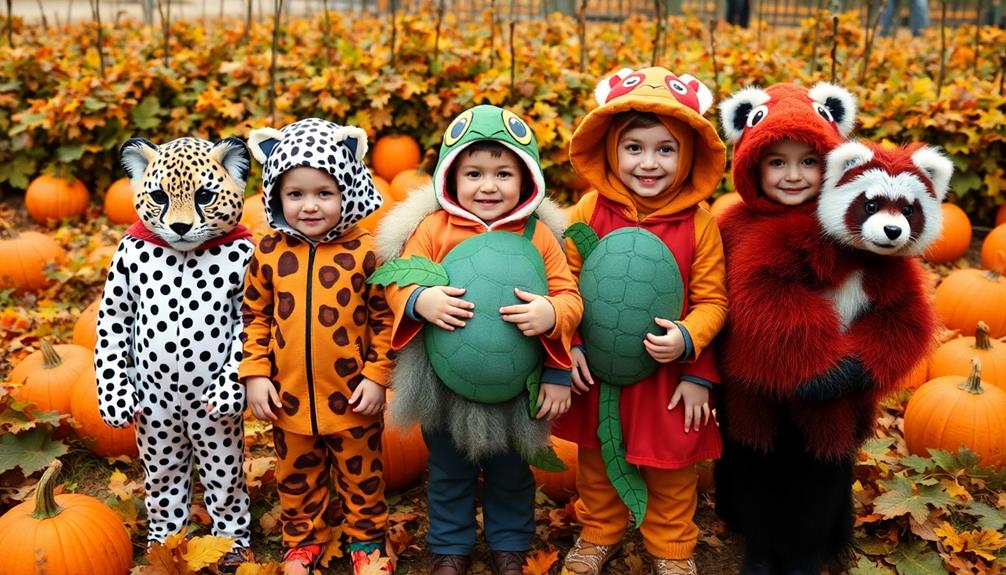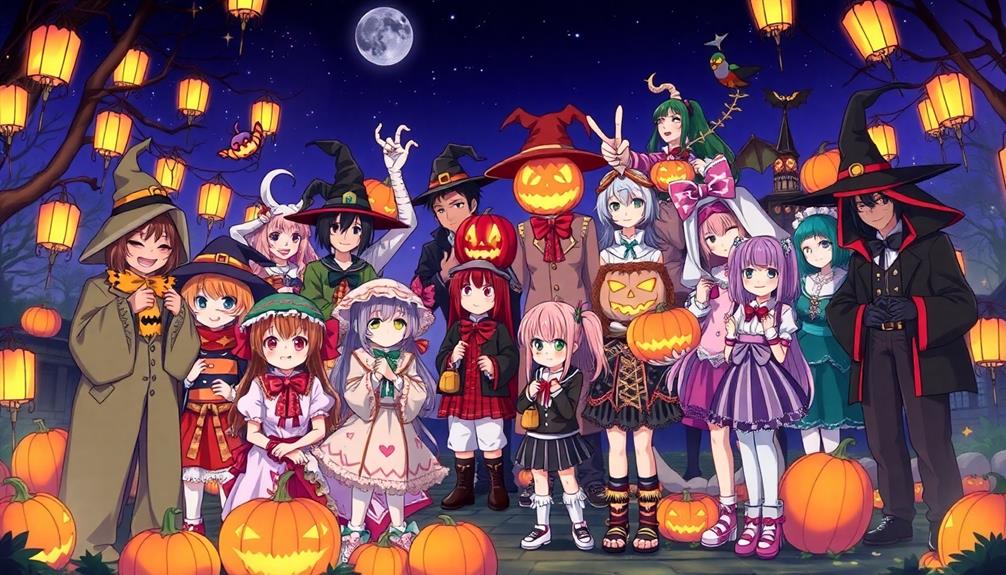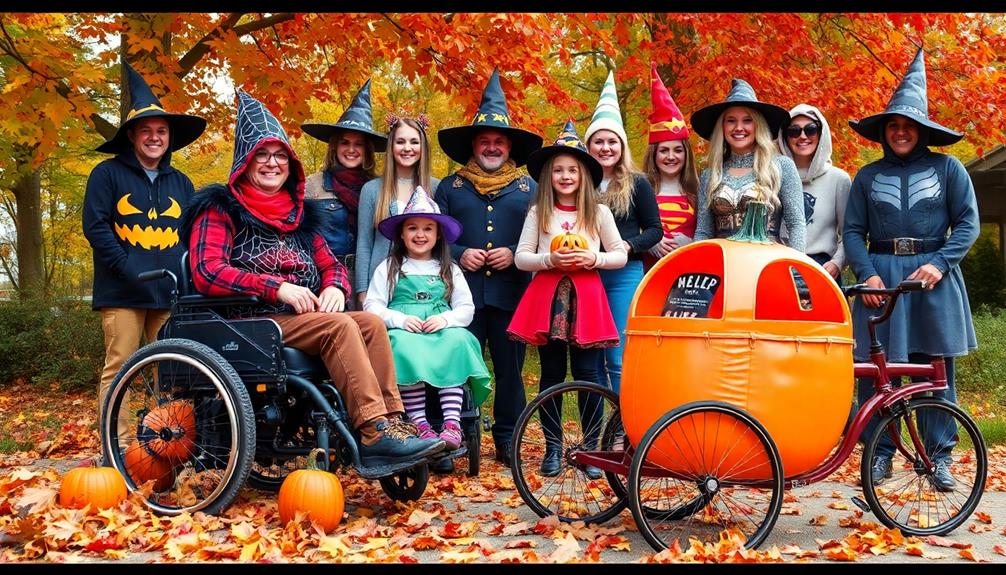Scottish immigrants introduced Halloween traditions to Australia in 1858. They brought customs like dressing up, carving pumpkins, and trick-or-treating. Caledonian Societies and Burns Clubs organized themed events, infusing Scottish culture. Despite initial skepticism due to American ties, Halloween has been celebrated for over 150 years. Social media has played a role in its acceptance. The celebration blends diverse cultural influences, with American GIs during WWII enriching the festivities. Today, Halloween in Australia combines traditional and modern elements, creating a family-friendly atmosphere with non-horror themed costumes. The evolution of Halloween celebrations reflects a fusion of global traditions shapi…
Key Takeaways
- Scottish immigrants introduced Halloween traditions in 1858
- Halloween festivities included dressing up, carving pumpkins, and trick-or-treating
- American cultural influence shaped Halloween celebrations
- Social media exposure contributed to the acceptance of Halloween in Australia
- Fusion of diverse cultural influences evolved Halloween celebrations in Australia
Early Origins of Halloween in Australia
The early origins of Halloween in Australia trace back to 1858 when Scottish immigrants first introduced the traditions to the country. Scottish immigrants, with their rich cultural heritage, brought over the Halloween festivities, including the customs of dressing up, carving pumpkins, and trick-or-treating. In Australia, Caledonian Societies played a significant role in organizing elaborate Halloween balls, where people would gather to celebrate the occasion in grand style. These events helped in popularizing Halloween throughout the country.
Moreover, Burns Clubs, which were frequented by Scottish emigrants, also contributed to the spread of Halloween traditions in Australia. These clubs often hosted themed gatherings and events centered around Scottish culture, further embedding Halloween into the Australian social fabric. The decorations for Halloween in Australia included black and orange streamers, paper bats, and ghosts, adding a spooky and festive atmosphere to the celebrations. The early influence of Scottish immigrants and their cultural organizations laid the foundation for Halloween becoming a beloved tradition in Australia.
Resistance to Halloween in Australia
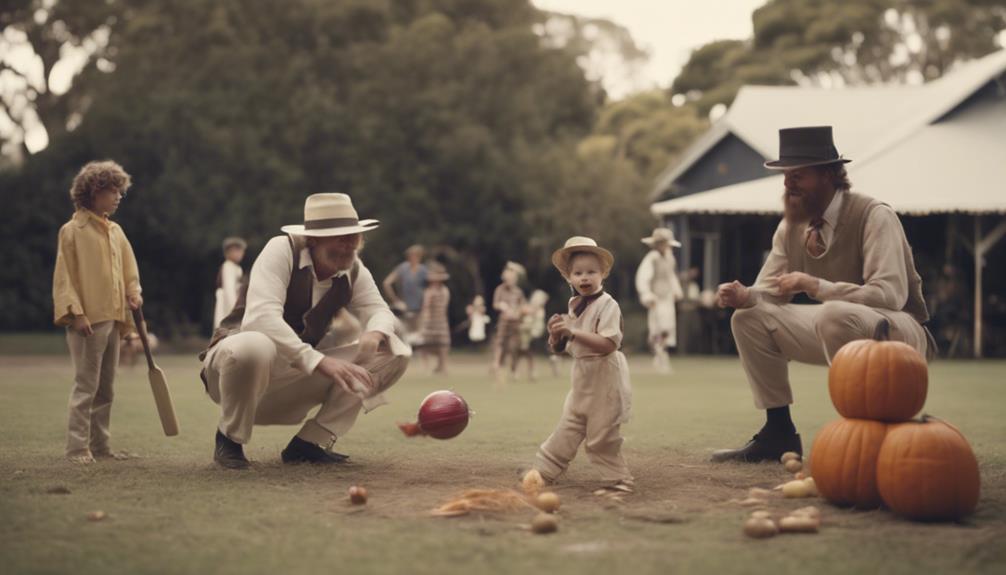
Resistance to Halloween in Australia initially stemmed from its American origins, sparking skepticism among some Australians. The legacy of disdain for American cultural imperialism played a role in the reluctance of people in Australia to accept Halloween. Despite this resistance, Halloween has been celebrated in Australia for over 150 years, with the first recorded celebration dating back to 1858 in Castlemaine, Victoria. The increasing acceptance of Halloween in Australia can be attributed to the exposure it receives through social media and the influence of various cultures on Australian traditions. Below is a table summarizing the key points regarding the resistance to Halloween in Australia:
| Key Points | |
|---|---|
| Initial Skepticism | Resistance due to American origins |
| Legacy of Disdain | Reluctance towards American cultural influence |
| Longstanding Celebration | Halloween has been acknowledged in Australia for over 150 years |
| Influence of Social Media | Exposure through social platforms contributing to acceptance |
| Cultural Impact | Influence of various cultures on Australian traditions leading to the acceptance of Halloween |
Social Media Influence on Halloween
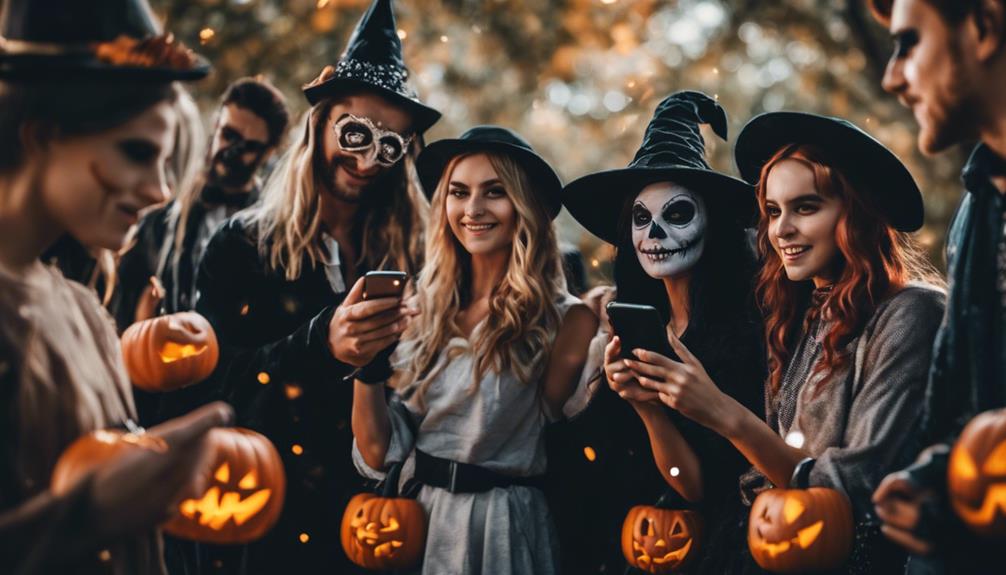
Influencing the growing popularity of Halloween in Australia, social media has played a significant role in showcasing celebrations and ideas. Platforms like Instagram, Facebook, and TikTok have become hubs for Halloween enthusiasts to share their creativity and inspire others to join in the festivities. Through these channels, influencers and brands promote Halloween events, costumes, and decorations, reaching a wide audience across the country. Australians now have access to global Halloween trends and traditions, allowing for a diverse and evolving celebration of the holiday in the country.
The visual nature of social media platforms enhances the sharing of Halloween inspiration, fostering a sense of community among celebrants in Australia. By scrolling through feeds filled with elaborate costumes, spooky decorations, and fun activities, individuals can easily find ideas to incorporate into their own Halloween plans. Social media has truly transformed the way Australians engage with Halloween, making it a more interactive and inclusive celebration for all to enjoy.
Evolution of Halloween Celebrations
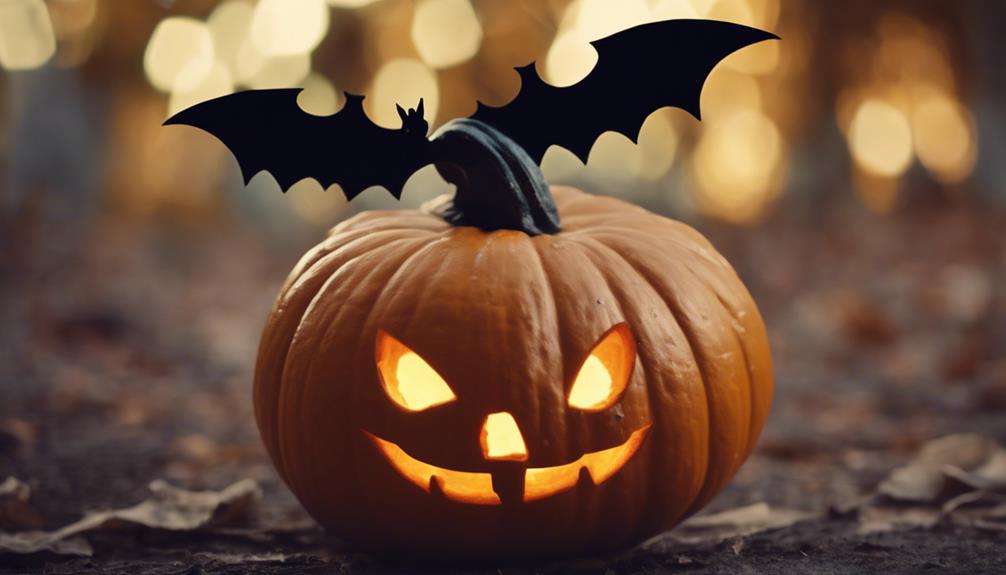
As Halloween celebrations in Australia have grown over the years, the holiday's evolution reflects a fusion of diverse cultural influences and traditions. Initially introduced in 1858 by Scottish and Irish immigrants, Halloween traditions in Australia have since been shaped by American culture, particularly through the portrayal of Halloween in American movies and TV shows. The Caledonian Societies in Australia played a significant role by organizing elaborate Halloween balls, spreading the Halloween spirit across various cities. Additionally, American GIs during WWII brought their own version of Halloween celebrations, further enriching the holiday's evolution in Australia. Over 160 years ago, Australians first celebrated Halloween, blending elements of Scottish, Irish, and American traditions to create a unique Australian Halloween culture. Today, Halloween in Australia encompasses a wide range of activities and themes, from traditional decorations to modern family-friendly events that cater to the diverse tastes of the population.
| Halloween Traditions | American Culture |
|---|---|
| Celebrated in Australia | Scotland and Ireland |
Current Status of Halloween in Australia
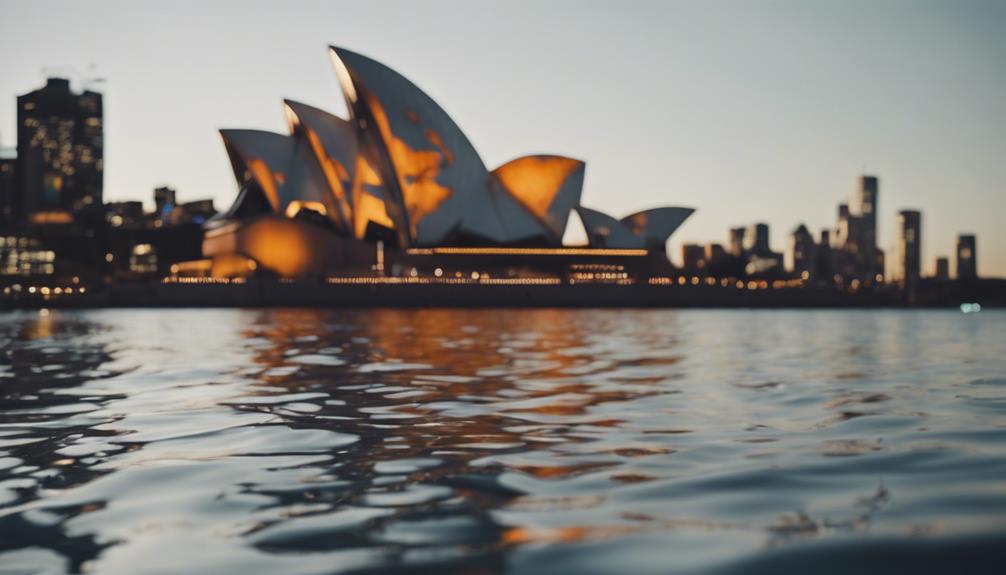
Halloween in Australia today continues to thrive as a popular cultural celebration with a unique blend of traditional and modern elements. Celebrated since 1858, Halloween in Australia has its roots in Scottish and Irish traditions. The influence of Scottish immigrants spread the tradition of Halloween balls and revels across the country.
During WWII, American GIs introduced their version of Halloween celebrations, impacting Australian customs. Nowadays, Halloween in Australia is known for its family-friendly atmosphere, with non-horror themed costumes and community-building activities. Mark Oxbrow, a Halloween historian, has played a significant role in promoting Halloween as a cultural celebration in Australia.
The evolution of Halloween in Australia showcases a mix of historical influences and contemporary adaptations, making it a widely enjoyed and inclusive event for people of all ages. Whether you're attending a local Halloween festival or trick-or-treating in your neighborhood, Halloween in Australia offers a fun and festive experience for everyone to enjoy.
Frequently Asked Questions
Why Is Halloween Frowned Upon in Australia?
Halloween is frowned upon in Australia due to its American roots and commercialization. Many Australians resist the holiday as a form of cultural imperialism and view it as contrary to British social conservatism ingrained in the country.
The seasonal difference in climate also affects the reception of Halloween, as it's traditionally associated with autumn in the Northern Hemisphere. Victorian opposition to the holiday has further contributed to its negative perception in Australia.
Where Did Halloween Actually Come From?
Halloween originated from the Celtic festival of Samhain in Ireland and Scotland. The term 'Halloween' is derived from 'All Hallows' Eve,' the night before All Saints' Day. The festival marked the end of the harvest season and the beginning of winter in the Celtic calendar.
Halloween traditions have been influenced by both Celtic and Catholic customs, evolving into a blend of ancient rituals and Christian traditions.
How Did Halloween Spread to Other Countries?
Halloween spread to other countries through various channels like immigration, historical ties, and cultural exchange. The holiday's popularity surged globally due to influences from different regions, creating a diverse tapestry of traditions and celebrations.
American GIs played a significant role in introducing Halloween to new audiences, fostering its spread to countries like Australia. The evolution of Halloween around the world showcases its adaptability and enduring appeal, transcending borders and cultures.
Do Australians Carve Pumpkins for Halloween?
Yes, Australians do carve pumpkins for Halloween. It has become a popular tradition in many households and communities across the country.
Carving pumpkins with spooky faces and designs adds a festive touch to Halloween celebrations. The practice was adapted from Irish and Scottish traditions of carving turnips and has evolved into a fun and creative activity in Australia.
Australians have embraced pumpkin carving as a unique aspect of their Halloween festivities, bringing their own flair to the tradition.
Conclusion
In Australia, Halloween has transformed from a traditional Celtic festival to a popular and widely celebrated event.
Despite initial resistance, social media has played a significant role in spreading awareness and encouraging participation in Halloween festivities.
Today, Australians embrace the spooky fun of Halloween with costume parties, trick-or-treating, and elaborate decorations.
The evolution of Halloween in Australia showcases a blend of cultural influences and modern traditions, making it a unique and beloved holiday for many.

